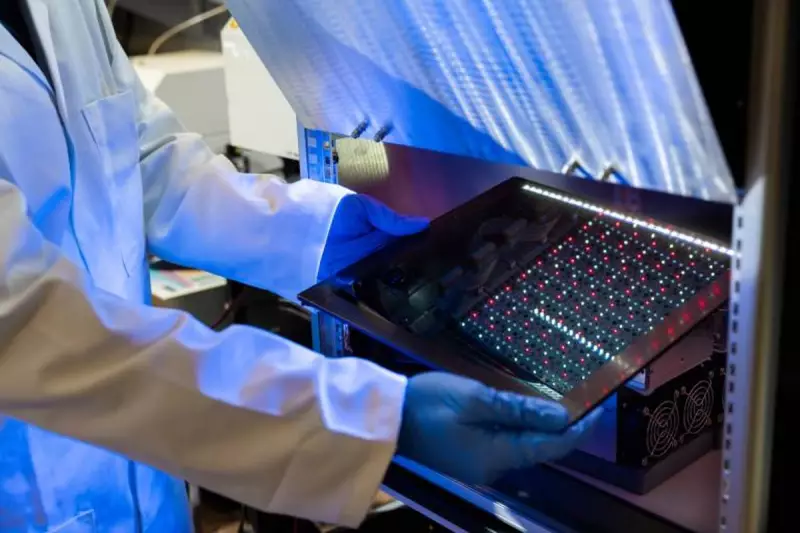
Researchers at University College London (UCL) have made a groundbreaking advancement in solar technology by developing ultra-thin perovskite solar cells capable of generating electricity efficiently even in low-light indoor environments. This innovation could revolutionise how we power everyday devices, from smart home gadgets to IoT sensors, without relying on traditional energy sources.
The Science Behind the Breakthrough
The team at UCL engineered solar cells just 1 micrometre thick – significantly thinner than a human hair – using perovskite, a material known for its excellent light-absorption properties. These cells demonstrate remarkable efficiency in converting ambient light from lamps and indirect sunlight into usable electricity.
Key Advantages of Perovskite Solar Cells
- Exceptional performance in low-light conditions
- Ultra-thin, flexible design allowing for diverse applications
- Cost-effective production compared to traditional silicon cells
- Potential for integration into building materials and consumer electronics
Real-World Applications
The researchers envision these indoor solar cells powering a wide range of devices, including:
- Smart home sensors and security systems
- Wireless IoT devices
- Wearable technology
- Electronic shelf labels in retail environments
Dr. Joe Briscoe, one of the lead researchers, stated: "Our technology opens up new possibilities for energy harvesting in environments where conventional solar panels would be ineffective. This could significantly reduce our reliance on batteries and wired power sources."
The Road Ahead
While the technology shows immense promise, the team is working to improve the cells' long-term stability and explore large-scale manufacturing techniques. The commercial potential is substantial, with estimates suggesting the indoor solar market could be worth billions within the next decade.
This development comes at a crucial time as the world seeks sustainable alternatives to traditional energy sources, particularly for the growing number of always-connected smart devices that form the backbone of modern digital infrastructure.





